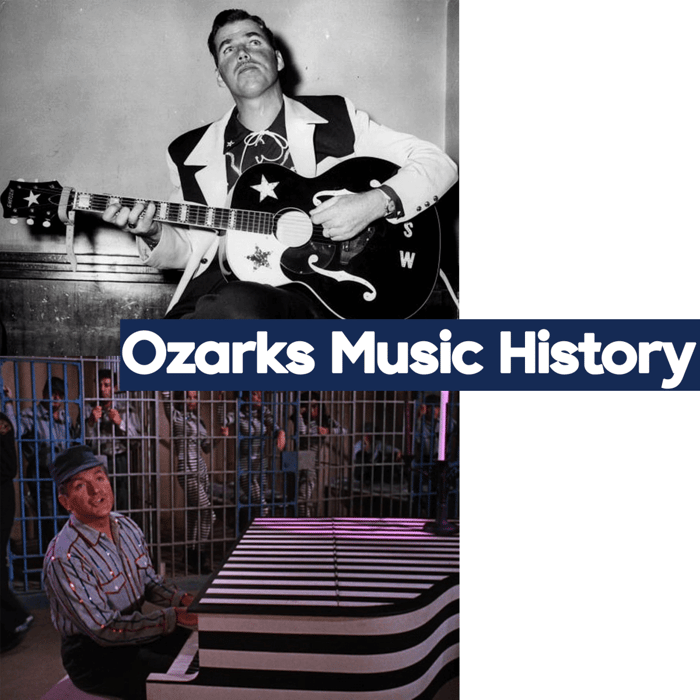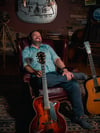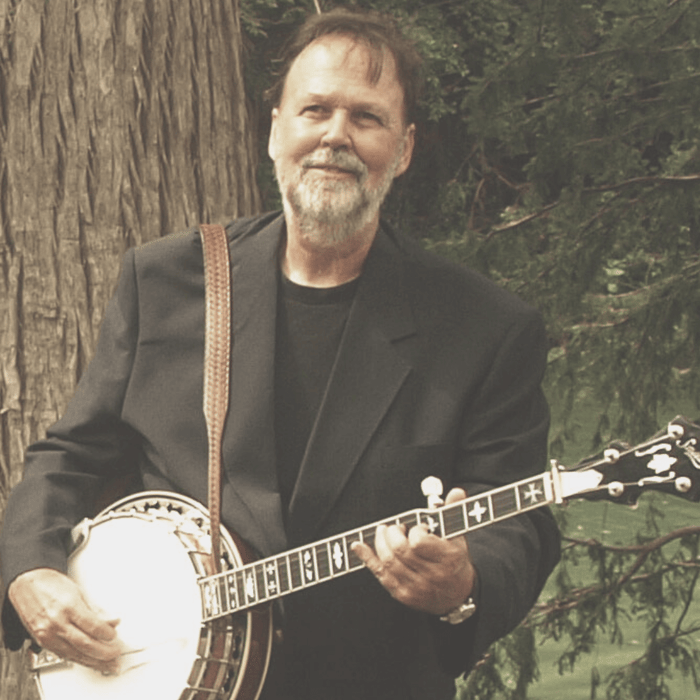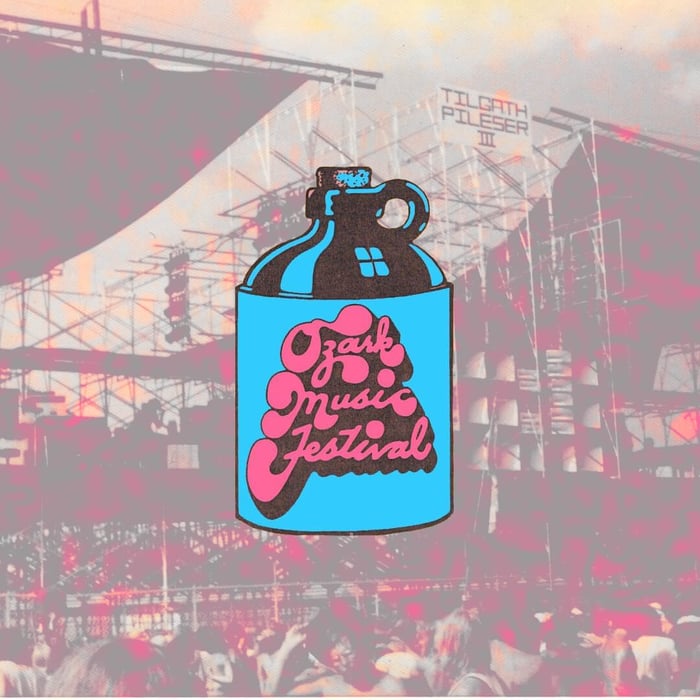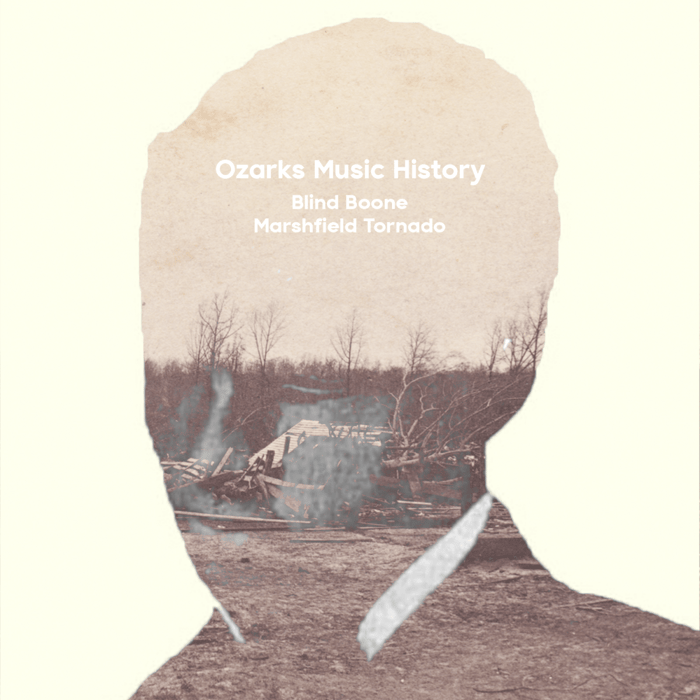

It is the year 1968, on a December winter’s night in the national music capital of Nashville. History is being made in the “Quonset Hut Studio”, or later known as The Bradley Film and Recording Studio, is packed tight with Slim Whitman and his accompaniment Harold Bradley, Hank Garland, Jerry Byrd, Bob Moore, Owen Bradley, and Buddy Harmon Jr. performing an echo of an Ozarks folk song standard. In classic Slim-fashion, his three octave vibrato dances on a saccharine western instrumental.
This isn’t the first time “Prisoner’s Song” (known by many other names depending who is singing it or why they’re singing it) was reprised, nor is it the last. “Prisoner’s Song” is a folk song, which is a term that has become sometimes synonymous with any not-so-great singer with an acoustic guitar. While that can be part of the equation, there is a deeper meaning behind the four letter word. Folk music, especially predating the invention of analog recording equipment, is a genre of music that is meant to be shared among the common people. Folk songs often tell a story or find a small detail to magnify into many verses. The American version of this genre is an amalgamation of multiple other genres, including but not limited to various African, Native American and European music. A folk song can be a weapon, someone’s medicine, but especially a historical tool for identifying a periods’ zeitgeist. Folk music belongs to no one particular individual, it belongs to everyone. These songs can be clapped, stomped, plucked, strummed, hummed and sung by anyone who can try to keep a beat.
Let us backtrack a bit to the turn of the 19th century. Joseph Augustine Wade wrote the song “Meet Me By Moonlight Alone”, a very popular tune in it’s day and is sung for years to come. Years come and go and it’s October 3rd, 1924. “Meet Me By Moonlight Alone” inspired Guy Massey & Vernon Dalhart to birth “Prisoner’s Song”, a perfect exemplification of the folk music phenomenon. Written by Massey, Dalhart is the first known recording artist to put “Prisoner’s Song” to tape. This wistful waltz paints the picture of an inmate’s longing for love.
Dalhart sings,
“Oh, I wish I had some-one to love me
Some-one to call me their own
Oh, I wish I had some-one to live with
'Cause I'm ti-red of liv-in' a-lone”
He is begging for companionship. Maddened by solitude, he ends the song with the presumptuous notion that he actually has someone to miss now, a person that is real in his mind. So real in fact that he is willing to fly (and die) for this person as if it’s the only sensible way to pass on.
“Now if I had wings like an an-gel
O-ver these pri-son walls I would fly
And I'd fly to the arms of my poor dar-lin'
And there I'd be wil-ling to die.”
A bit dramatic if you ask me.
Batman (1966) - Season 2 Episode 16 - “The Dead Ringers”
Fast forward to 1966 onto the colorvision world of Batman on TV, another master of drama plays a bit of the folk tune. Liberace starred on the show as a villain named Chandell who ends the episode in a jail cell, but is thankfully still with his piano. He performs a small bit of “Prisoner’s Song” humorously here:
(You would not believe how hard this was to find, only recording online is from an Adam West super fan’s goofy YouTube channel.)
All these instances of “Prisoner’s Song” - Slim Whitman, Vernon Dalhart, and Liberace each similarly perform the version that emphasizes the idea of “prison”. Some other versions barely mention it, sometimes none at all. A perfect example of folk music belonging to everyone and no one. This metamorphosis is heard here in The Stanley Brothers’ bluegrass version titled, “Meet Me By The Moonlight”, which combines the musical stylings and lyrics of “Prisoner’s Song” and the original inspiration, “Meet Me By Moonlight Alone”. Beautiful.
The Stanley Brothers version mentions “prison” only once, in the final verse out of four.
“Meet me by the moonlight love meet me
Meet me by the moonlight alone alone
I have a sad story to tell you
All down by the moonlight alone
I've always loved you my darling
You said I've never been true
I'd do anything just to please you
I'd die any day just for you
I have a ship on the ocean
All lined with silver and gold
And before my little darling shall suffer
I'll have the ship anchored and sold
If I had wings like an angel
Over these prison walls I would fly
I'd fly to the arms of my darling
And there I'd be willing to die”
With this context, a person telling their lover what they would do for them, “prison” is no longer a physical barrier but an idea. A proverbial inverse of Dalhart’s version, “prison” is just another imaginary obstacle on the list of what-ifs for a hopeless romantic for The Stanley Brothers. The intangible and the tangible flip, creating a lovely contrast. The beauty of folk music is multiple artists, taking all the same tools and materials, and each building completely different structures.
"Max Hunter, circa 1950."
Photo courtesy of the Springfield-Greene County Library,
for "Max Hunter Collection," a Missouri Local Legacies project
The sociological marvel that is American Folk music finds its home in the rural cracks and crevices that have formed from years and years of community and travel. The epic journey of "Prisoner's Song" carries on to this day but a key point in its travel is February 7, 1969 with a man named Max Hunter. Max spent years in the mid to late 20th century capturing real Ozark natives’ songs and culture on a reel-to-reel tape recorder. His recordings have been made available to the public in a collection by Missouri State University’s website. It is through these sorts of efforts that history and music can be kept alive and used as a learning tool for future generations of songwriters, historians, and melomaniacs.
Resources:
- Missouri State University - The Max Hunter Folk Song Collection ⇒
- America’s Libraries - Max Hunter Collection Local Legacy ⇒
- Second Hand Songs - “Meet Me by Moonlight Alone” ⇒
- Second Hand Songs - “The Prisoner’s Song” ⇒
- Bat Spray Blog - Songs in Batman 66 ⇒
- The American Folklife Center - Gordon Collection ⇒
- Discogs - Bradley Film and Recording Studios ⇒


